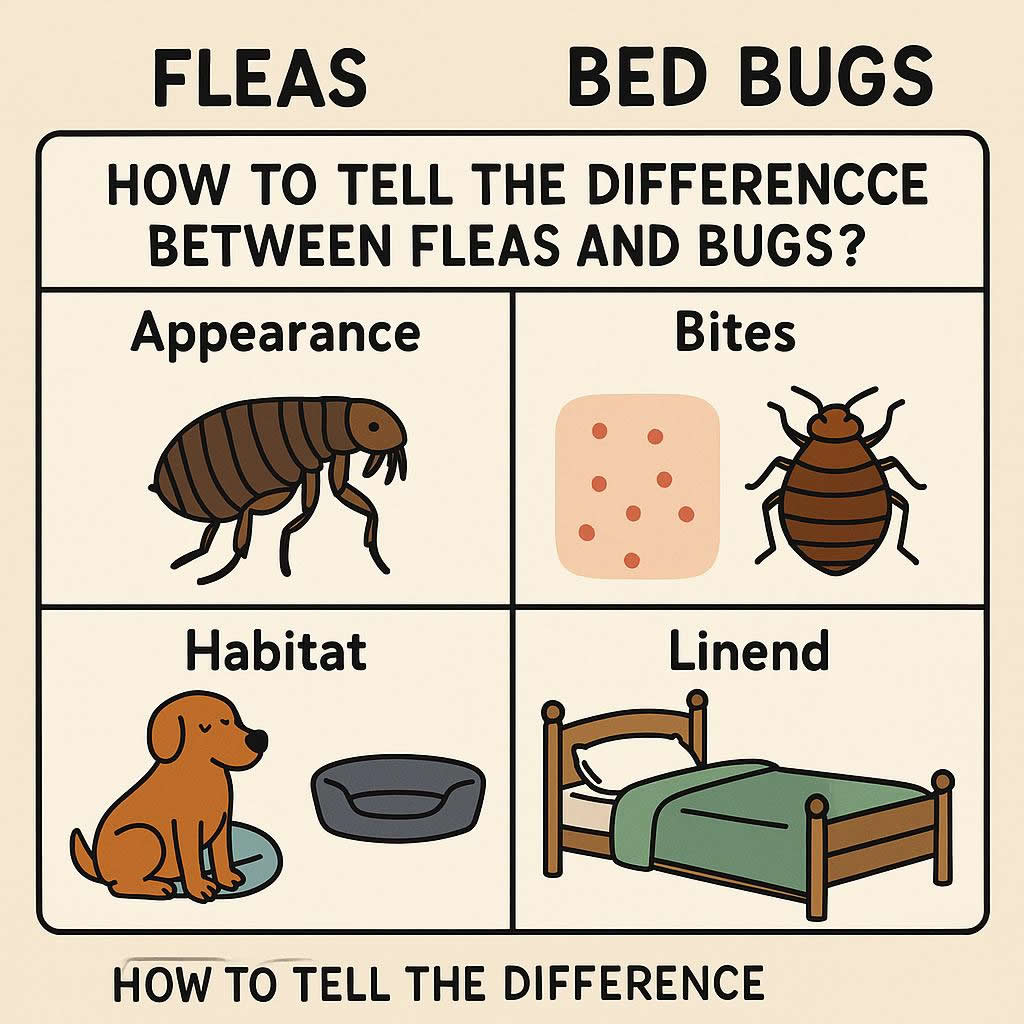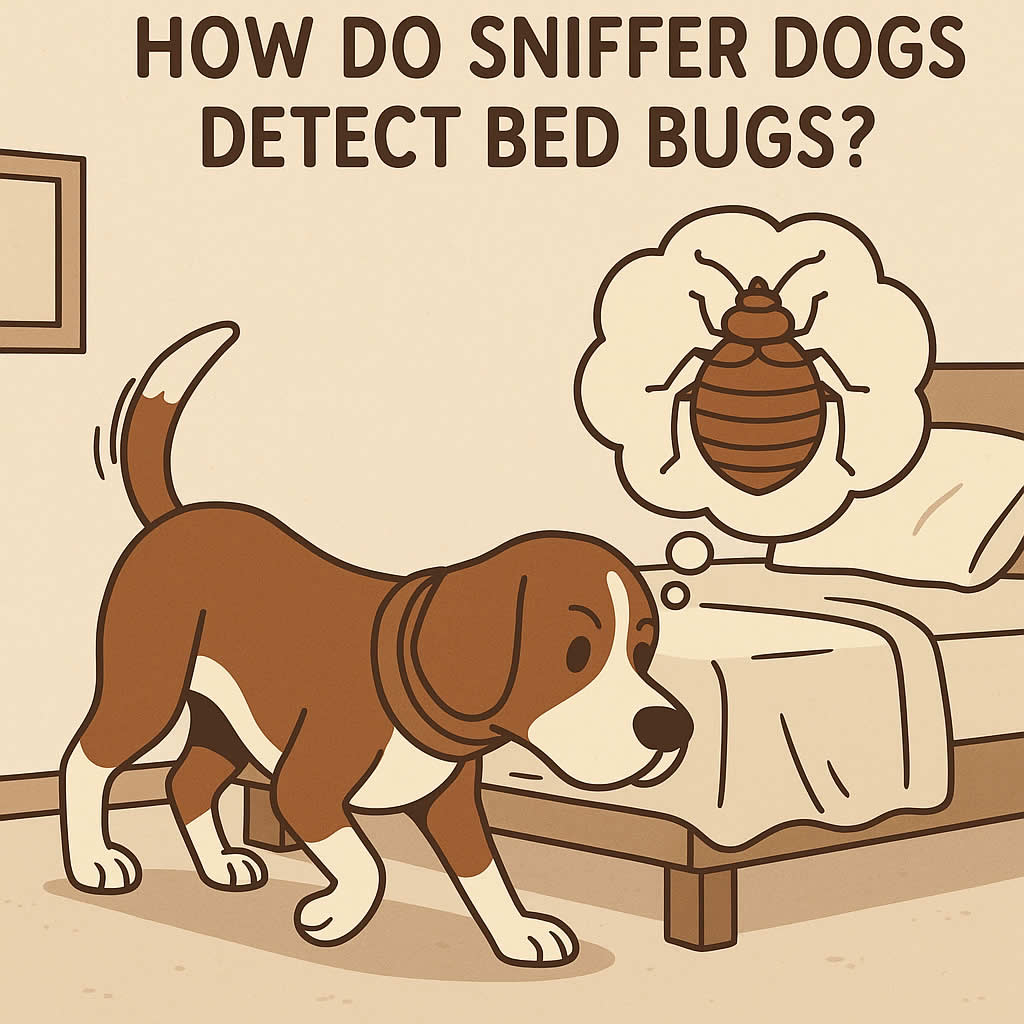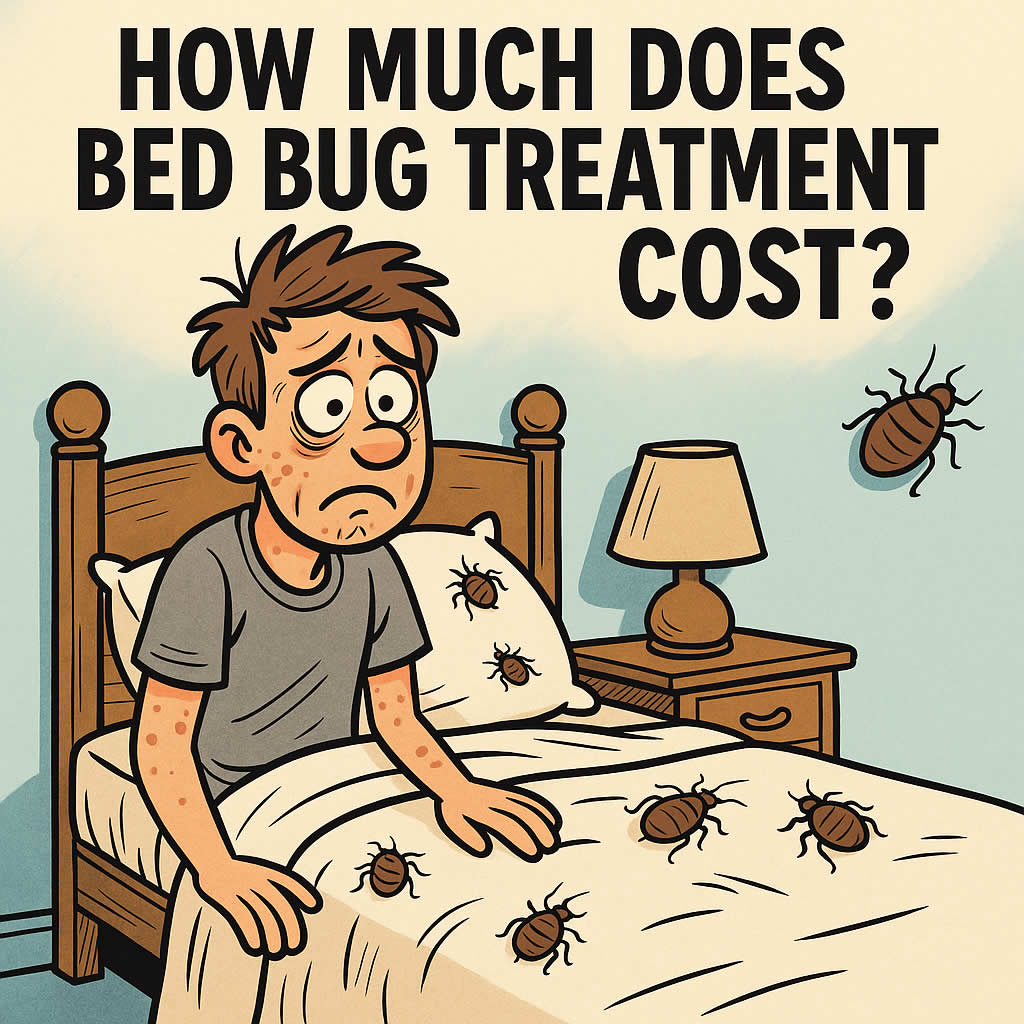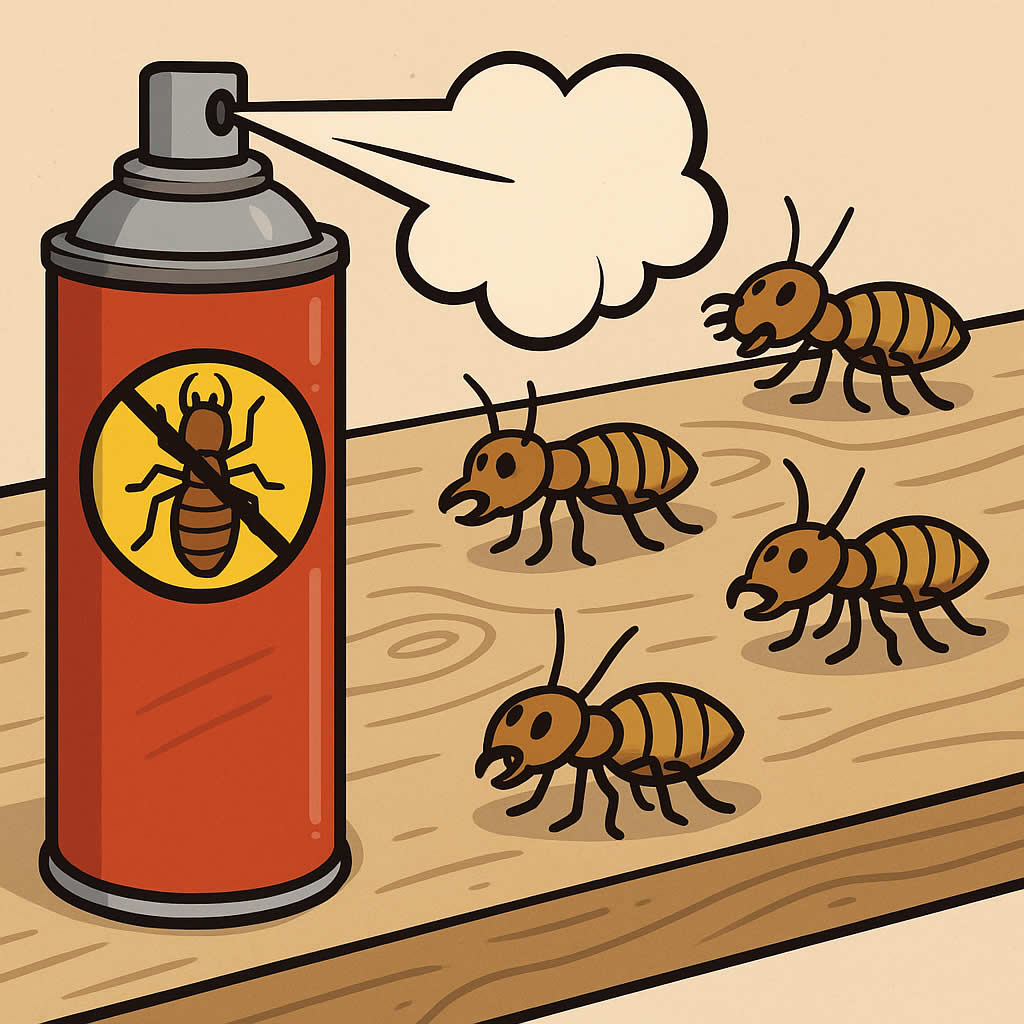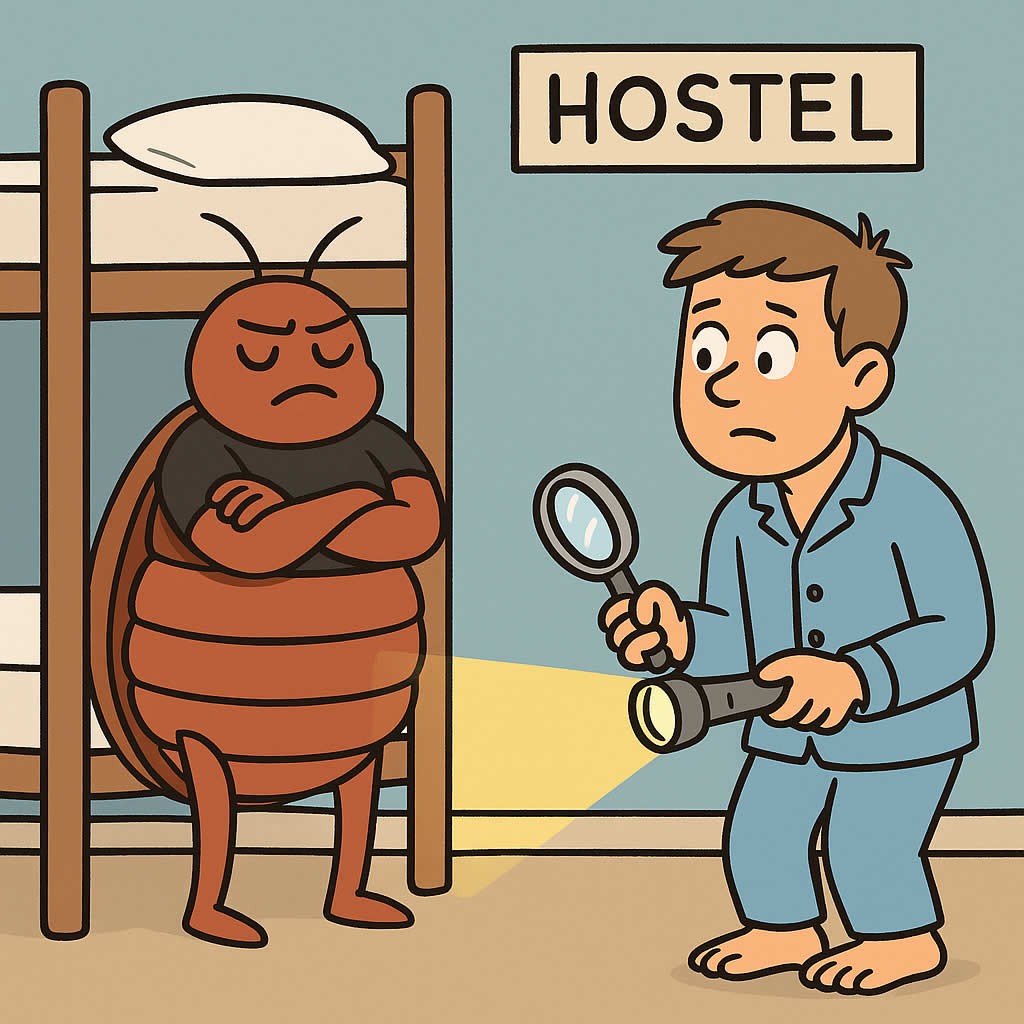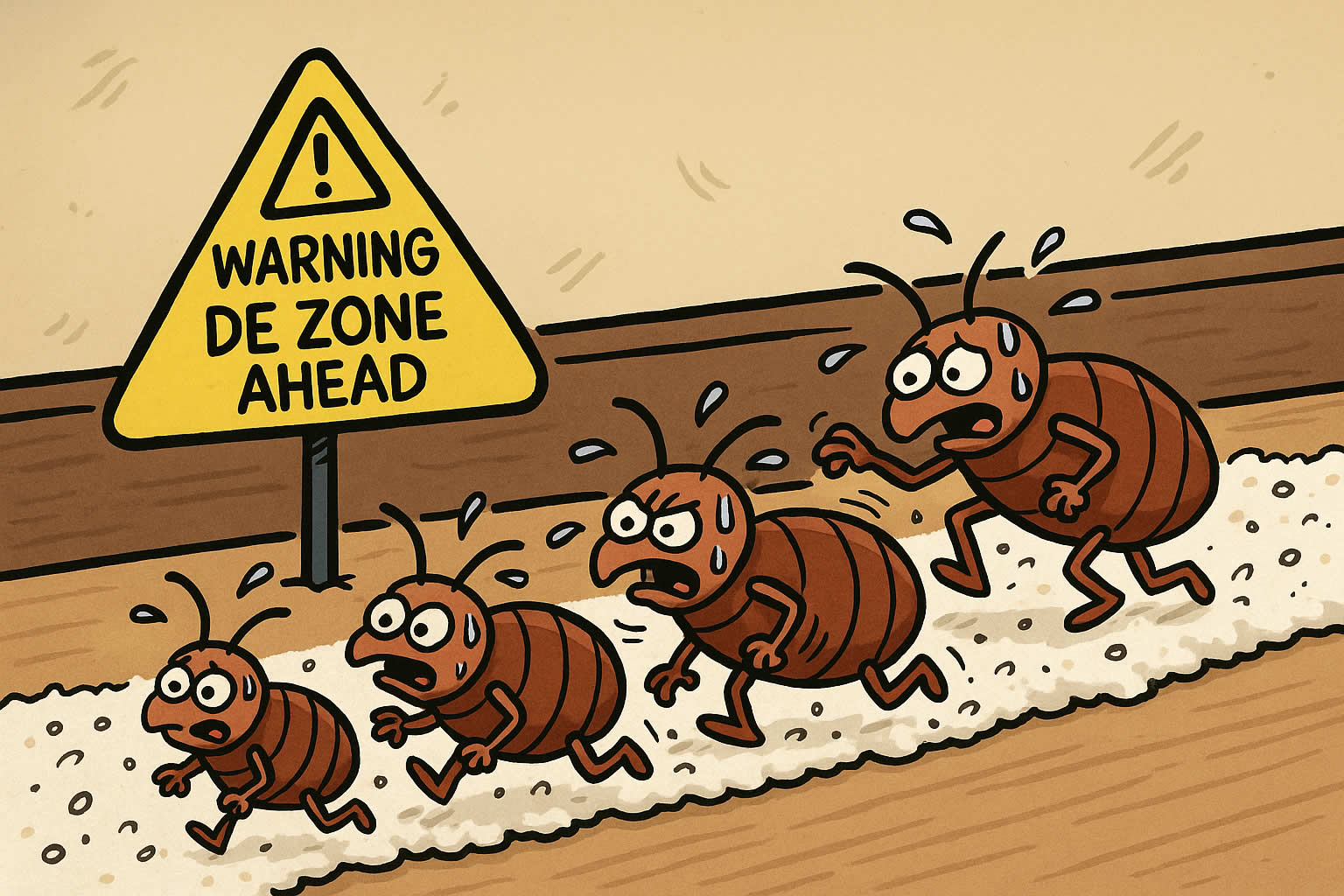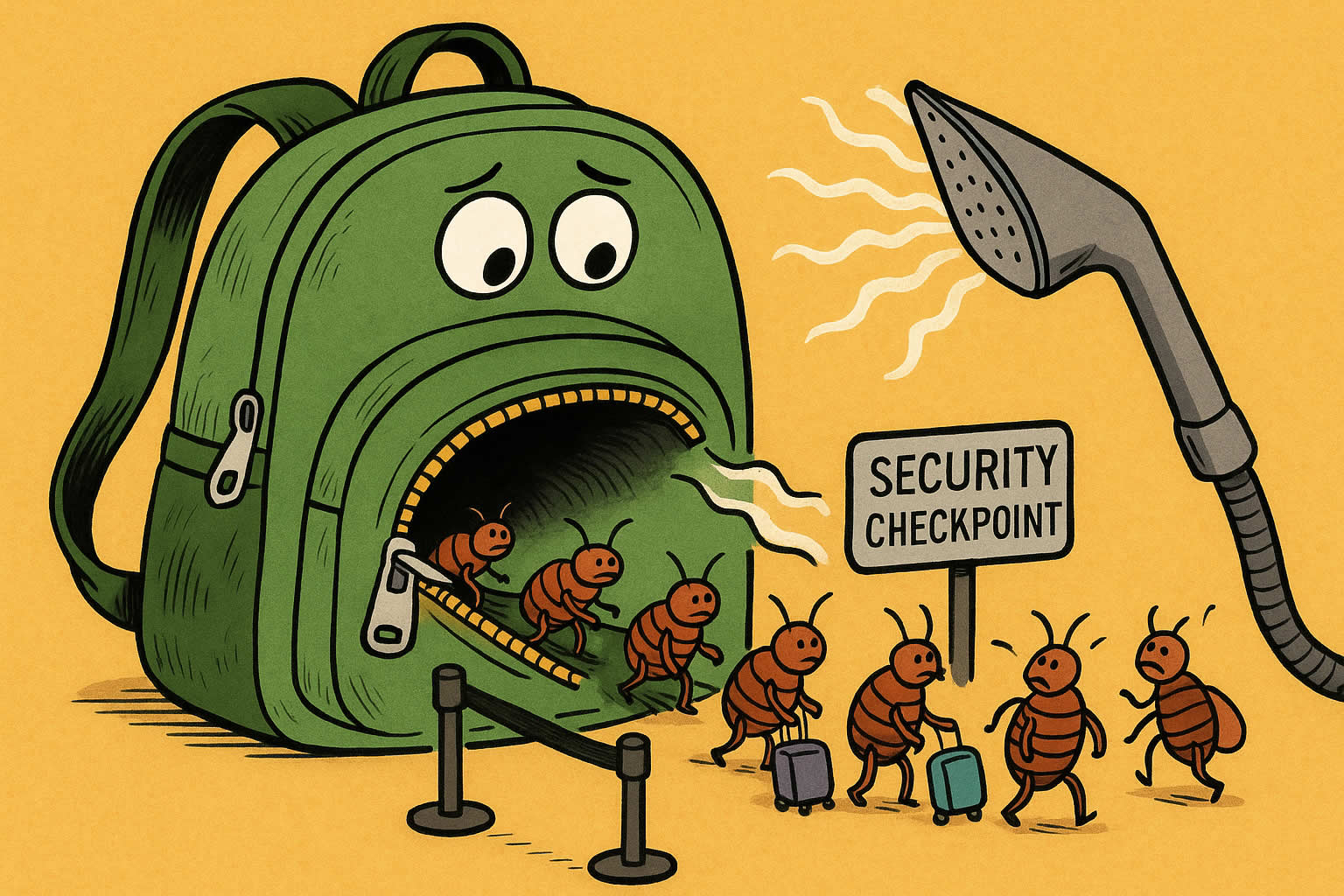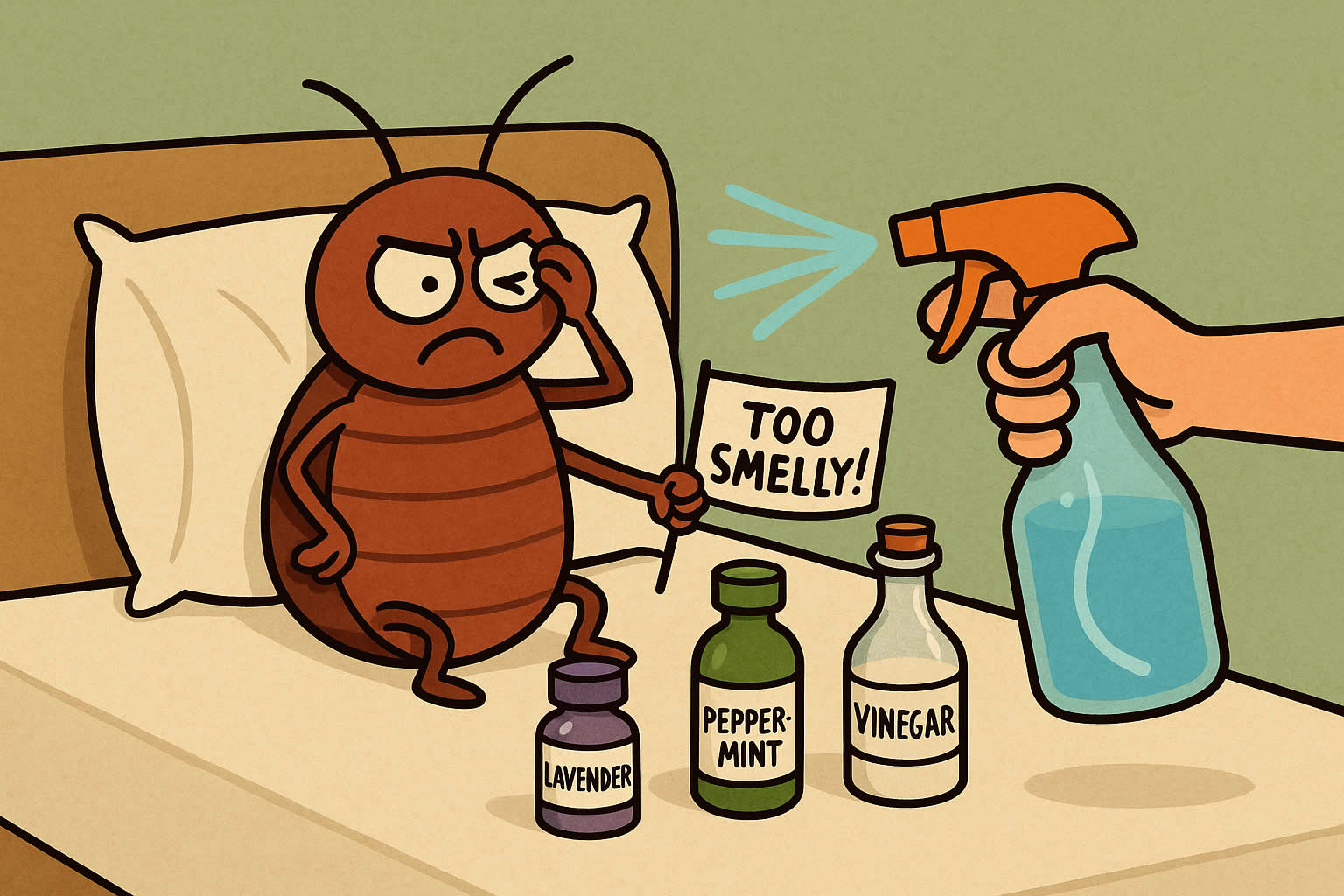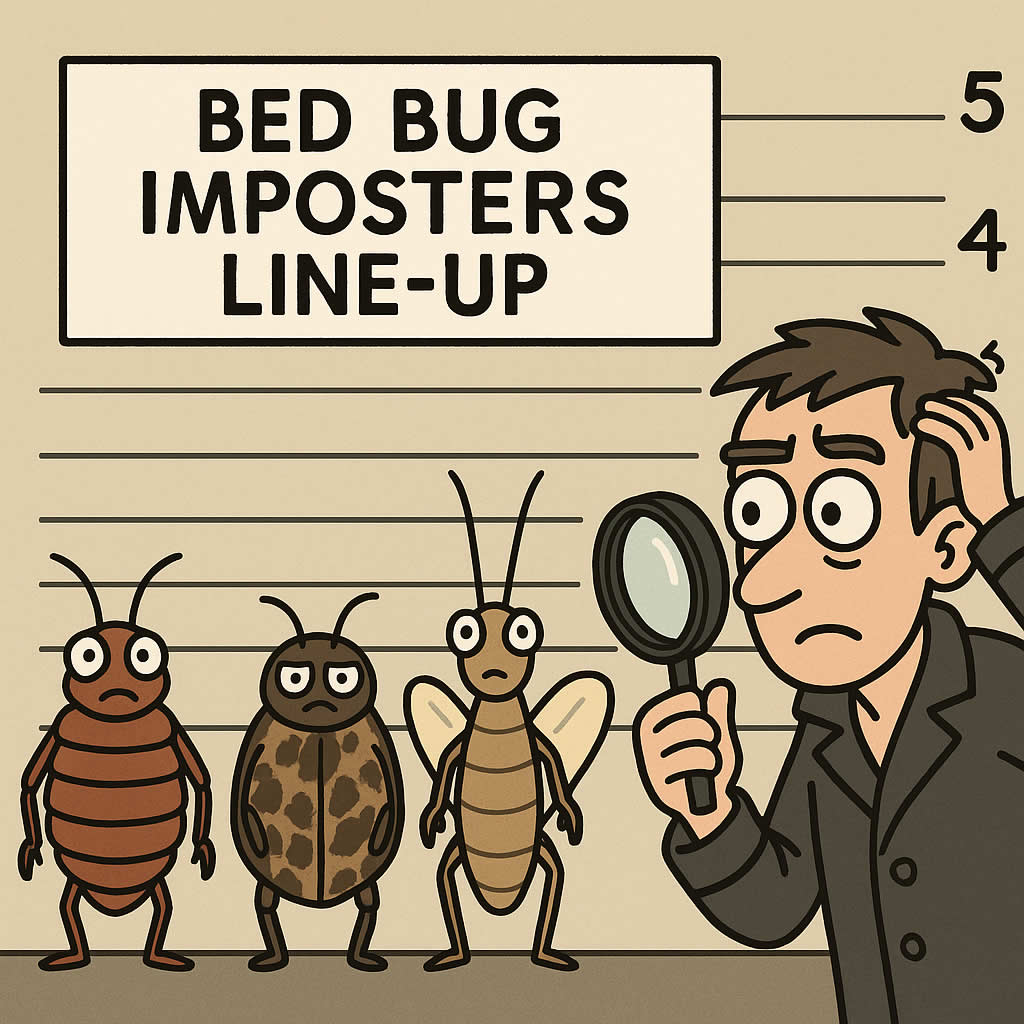Related Queries
ToggleDid you know spiders can lay hundreds of eggs at a time, making a spider infestation in your home particularly challenging to control?
As autumn approaches, these eight-legged creatures are most likely to enter our homes in search of warmth for the winter months. While most spiders are harmless, some species like the False Widow can cause painful bites and potential allergic reactions. For 100 years, we have protected properties across the UK from pests, and we’ve seen firsthand what causes a spider infestation and how quickly it can spread.
Spiders typically hide in dark, moist areas such as basements and attics, squeezing through the tiniest cracks to make themselves at home. If you’re wondering what to do if you have a spider infestation, there are several natural solutions available. From peppermint and eucalyptus oils to regular vacuuming of sheltered spots, we’ll show you effective methods to reclaim your space. Additionally, we’ll cover the early signs of spider infestation so you can act quickly before hundreds of baby spiders hatch throughout your home.
Ready to banish these unwelcome guests for good? Let’s get started!
What Causes a Spider Infestation in the House
Understanding what causes a spider infestation can help you prevent these eight-legged visitors from making your home their permanent residence. Several factors contribute to spiders invading your living space, from structural vulnerabilities to environmental conditions.
Common entry points spiders use
Spiders are masters at finding their way indoors through even the tiniest openings. The most frequent entry points include gaps around windows and doors, especially those with damaged screens or worn weatherstripping. Structural cracks in your foundation provide easy access for spiders to enter basements or crawl spaces. Furthermore, spaces around utility pipes, uncapped vents, and chimneys serve as gateways for these arachnids to infiltrate your home. Many homeowners overlook gaps in siding and poorly sealed exterior openings, which create perfect pathways for spiders.
Interestingly, you might unknowingly bring spiders inside through second-hand furniture that contains hidden egg sacs. One furniture piece could potentially increase your home’s spider population by several hundred when these eggs hatch.
Why spiders are drawn to indoor spaces
Spiders primarily enter homes in search of three essentials: food, shelter, and breeding opportunities. Houses with abundant insect populations are particularly attractive since these serve as the spider’s main food source. Cluttered areas provide numerous hiding spots for these privacy-loving creatures, who prefer dark, narrow spaces with minimal human activity.
Though not all species seek moisture, many spiders are attracted to humidity levels found in bathrooms and basements. This attraction often stems from the increased presence of prey insects in these environments rather than the moisture itself. Your home also offers protection from predators like birds and toads, making it an ideal location for spiders to care for their young without interruption.
Seasonal factors that increase spider activity
Temperature fluctuations throughout the year significantly impact spider behavior and movement patterns. During fall, many species migrate indoors seeking warmth as outdoor temperatures drop. This coincides with spider mating season, when males become notably more active in their search for partners. Consequently, you’ll likely notice increased spider activity indoors during autumn months.
Spring brings its own surge in spider sightings as eggs laid during previous seasons begin to hatch and spiders emerge from winter dormancy. The warmer weather also increases insect activity, providing more food sources that attract hungry spiders.
To effectively prevent spider infestations, it’s essential to understand these seasonal patterns and address the conditions that make your home appealing to these persistent arachnids.
7 Natural Ways to Get Rid of Spider Infestation
Natural solutions offer effective alternatives to harsh chemicals when dealing with spider infestations. These methods not only eliminate existing spiders but help prevent future invasions as well.
1. Use peppermint or eucalyptus oil sprays
Spiders “taste” with their legs and despise strong scents like peppermint and eucalyptus. Create a powerful repellent by mixing 15-20 drops of essential oil with water in a spray bottle. For maximum effectiveness, apply this mixture weekly around entry points, windowsills, and corners. Research indicates that peppermint oil repels certain spider species in more than 75% of test cases. You can refresh the scent by placing cotton balls soaked in the solution in problem areas or growing peppermint plants near windows.
2. Apply white vinegar in corners and cracks
White vinegar’s acetic acid creates an inhospitable environment for spiders. Combine equal parts water and white vinegar in a spray bottle, then apply directly to webs, corners, and crevices. For persistent problems, place small dishes of diluted vinegar in dark areas where spiders commonly hide. Undiluted vinegar works more effectively, acting like acid to their exoskeletons when they make contact with it.
3. Sprinkle diatomaceous earth in hidden areas
Food-grade diatomaceous earth (DE) effectively eliminates spiders through dehydration. This fine powder cuts their exoskeletons with microscopic sharp edges. Apply a thin layer around entry points, baseboards, and storage areas. DE remains effective as long as it stays dry and undisturbed, making it ideal for long-term prevention.
4. Place chestnuts or citrus peels near windows
Horse chestnuts contain compounds that naturally repel spiders. Place 4-5 chestnuts in each room, focusing on windowsills and doorways. Alternatively, rub citrus peels on floorboards and windowsills, as the oils they contain create an effective barrier. Both methods are completely non-toxic and safe for households with children and pets.
5. Keep your home clutter-free and vacuum regularly
Clutter provides perfect hiding spots for spiders and their prey. Regular cleaning disrupts their habitat and removes egg sacs before they hatch. Focus on corners, under furniture, and storage areas where webs commonly form. Vacuum baseboards and ceiling corners weekly to eliminate both spiders and their food sources.
6. Seal cracks and repair window screens
Prevent entry by sealing gaps around windows, doors, and utility penetrations with caulk or weatherstripping. Repair torn window screens promptly—even small tears provide enough space for spiders to enter. Create a two-foot gravel barrier around your foundation to eliminate plant “bridges” that spiders use to access your home.
7. Turn off outdoor lights to reduce insect attraction
Outdoor lighting attracts insects, which in turn attracts spiders. Replace bright white bulbs with yellow or amber ones that are less appealing to insects. Turn off unnecessary exterior lights when not needed, or install motion sensors to reduce continuous light exposure. This simple change can significantly decrease the spider population around your home’s exterior.
How to Spot a Spider Infestation Early
Early detection is your best weapon against a growing spider infestation in your home. By recognising the warning signs promptly, you can take action before hundreds of eight-legged roommates claim permanent residence.
Increased number of webs in unusual places
The most obvious indicator of spider activity is an abundance of webs throughout your home. Look for different web structures – some are orb-shaped while others appear funnel-shaped, depending on the species. Cobwebs (inactive, dust-covered webs) differ from active spider webs which are typically cleaner and may contain wrapped insects or egg sacs. During autumn, webs become more visible as morning dew or mist highlights their otherwise transparent structure. Hence, finding multiple webs in ceiling corners, behind furniture, or around light fixtures indicates established spider populations rather than occasional visitors.
Presence of egg sacs in corners or furniture
Spider egg sacs are critical warning signs of impending population explosions. These silk-wrapped packages typically appear white or off-white, approximately the size of a pea, and can contain up to 100 eggs in each sac. Females may produce multiple egg sacs during their lifetime, with a single house spider capable of laying up to 4,000 eggs over her year-long lifespan. Subsequently, carefully examine corners, storage areas, and furniture undersides for these small, round silk packages, as finding even one means potentially hundreds of baby spiders will soon emerge.
Frequent sightings in basements or bathrooms
Certain areas of homes attract spiders more than others. Spiders particularly favor moist environments like basements, bathrooms, and other damp locations. They also prefer dark, undisturbed spaces such as attics, storage boxes, and the junctions where walls meet ceilings. Accordingly, regular spider sightings in these areas, especially if increasing in frequency, strongly suggest an established infestation.
Unexplained insect bites or skin irritation
Although many assume skin irritations are spider bites, this connection is often mistaken. Spider bites are actually rare events, typically occurring only when spiders feel threatened or crushed. Moreover, without seeing the spider doing the biting, even physician diagnoses should be considered speculative. Nevertheless, unexplained skin irritations combined with other evidence might support your infestation suspicions, though these should never be the sole indicator.
Long-Term Prevention to Keep Spiders Away
Preventing spider infestations requires consistent long-term strategies rather than just occasional treatments. After eliminating existing spiders, we’ve found that establishing preventive routines is essential for keeping spiders away permanently.
Maintain a regular cleaning schedule
Creating a pest control cleaning schedule is vital for preventing future infestations. Deep cleaning should include those often-overlooked areas where spiders thrive:
- Pay special attention to sheltered, dark places such as underneath kitchen units, backs of cupboards, and under large furniture
- Vacuum corners, baseboards, and ceiling edges weekly to eliminate both spiders and their potential food sources
- Stay on top of spider web removal when dusting, as destroying webs reduces spiders’ ability to catch prey
Regular cleaning disrupts spider habitats and removes egg sacs before they hatch. Indeed, a thorough cleaning schedule makes your home significantly less attractive to these unwanted guests.
Use natural repellents monthly
Consistency is key with natural repellents. Throughout the year, apply essential oil mixtures monthly to maintain their effectiveness. Peppermint, eucalyptus, and lavender oils work effectively as spider deterrents when applied regularly. Dipping cotton balls in these oils and placing them along window screens and doorways creates a persistent barrier. Certainly, these natural solutions require regular refreshing to maintain their repellent properties.
Keep vegetation trimmed around the house
Garden management plays a crucial role in spider prevention. First, trim grass at least two feet away from your home’s foundation. Following this, ensure bushes and shrubs remain two feet apart and one foot from house siding. Tree branches should never hang over the roof or touch the house. Henceforth, keeping outdoor areas like porches clean and free of debris eliminates potential spider habitats near entry points.
Store food and waste properly to avoid attracting insects
Spiders follow their food sources – primarily insects. Store dried foods in containers with tightly fitting lids to prevent stored product pests. Initially, check food packaging for damage and keep all food off the floor. Empty recycling boxes regularly, as leftover sugary drinks in discarded containers attract flies, which in turn attract spiders. Furthermore, ensure trash bins have securely fitted lids and are located away from your house. Regular bin emptying and proper waste management create an environment less appealing to the insects that spiders hunt.
Conclusion
Dealing with spider infestations requires both immediate action and long-term strategies. Throughout this guide, I’ve shared proven methods to reclaim your space from these eight-legged visitors. Most importantly, understanding why spiders enter your home gives you the advantage in preventing future invasions.
Natural solutions provide effective alternatives to harsh chemicals. Peppermint oil sprays, vinegar applications, and diatomaceous earth offer powerful deterrents without endangering your family or pets. Additionally, simple habits like regular vacuuming and clutter removal significantly reduce spider-friendly environments in your home.
Early detection remains your best defense against a full-blown infestation. Egg sacs deserve your immediate attention since each one potentially contains hundreds of future spiders. Likewise, multiple webs in unusual places signal established spider populations rather than occasional visitors.
Seasonal awareness helps you stay ahead of spider activity. Fall brings increased spider movement as they seek warm indoor spaces, while spring often reveals new hatchlings from previously laid eggs. Consequently, your prevention efforts should adapt to these predictable patterns.
Persistence makes all the difference in permanent spider control. One-time treatments rarely solve the problem completely. Instead, commit to regular cleaning schedules, monthly application of natural repellents, and proper management of your home’s exterior. Spiders will certainly think twice before making your home their permanent residence.
Remember, most house spiders pose no significant threat to humans. However, their presence often indicates other pest problems that deserve attention. Addressing these underlying issues not only reduces spider populations but also creates a healthier living environment for your household.
You now have everything needed to effectively manage spider problems using safe, natural methods. These strategies work together to create an environment where spiders simply cannot thrive. Follow this comprehensive approach, and you’ll enjoy a spider-free home all year round.
Pest Control Lower Woodside – Pest Control Marston Moretaine – Pest Control Church End Arlesey

